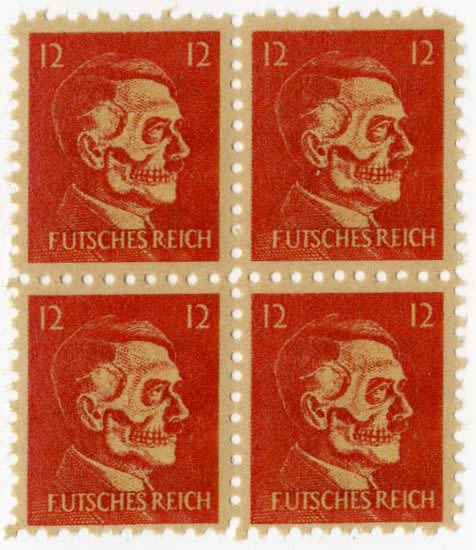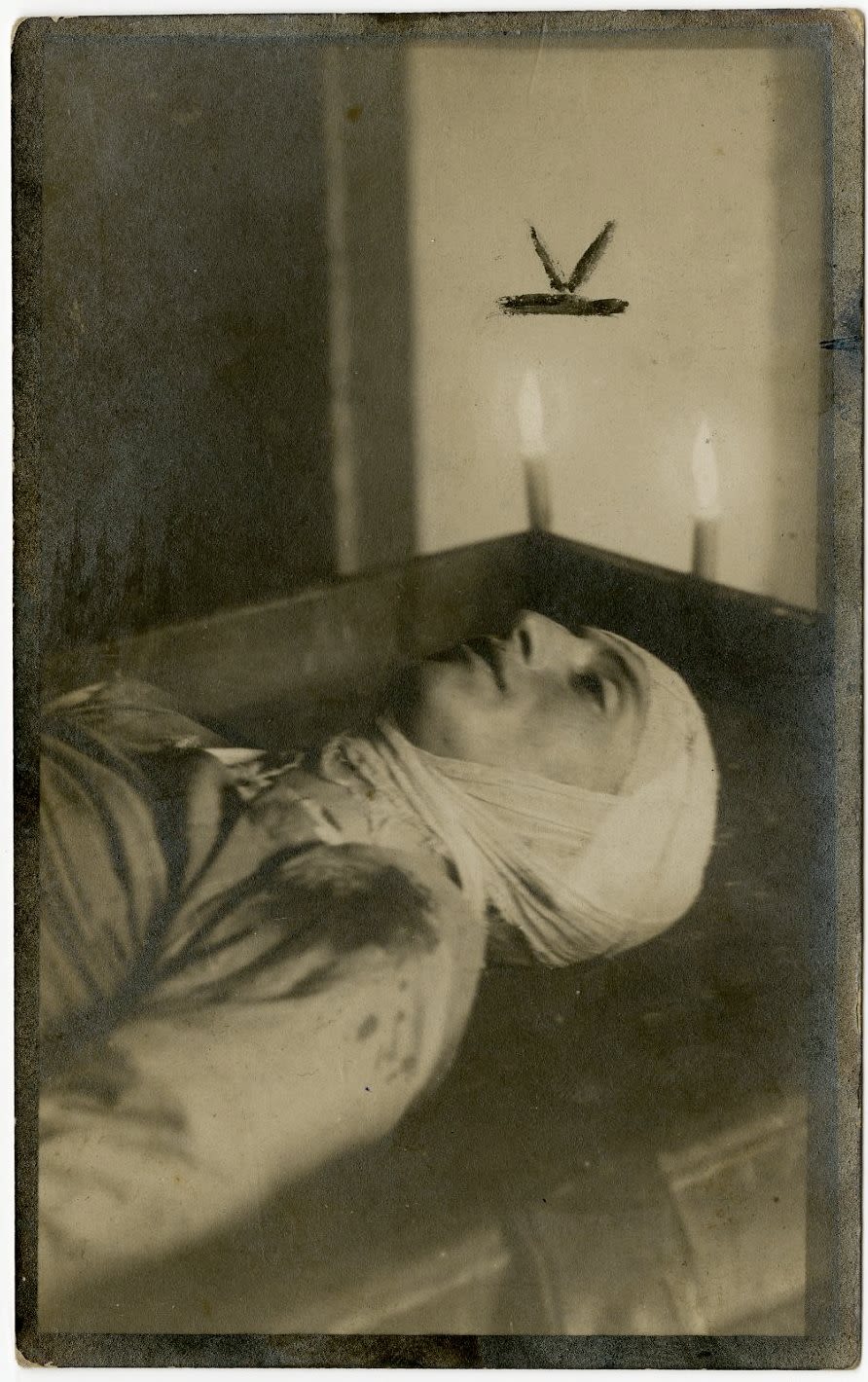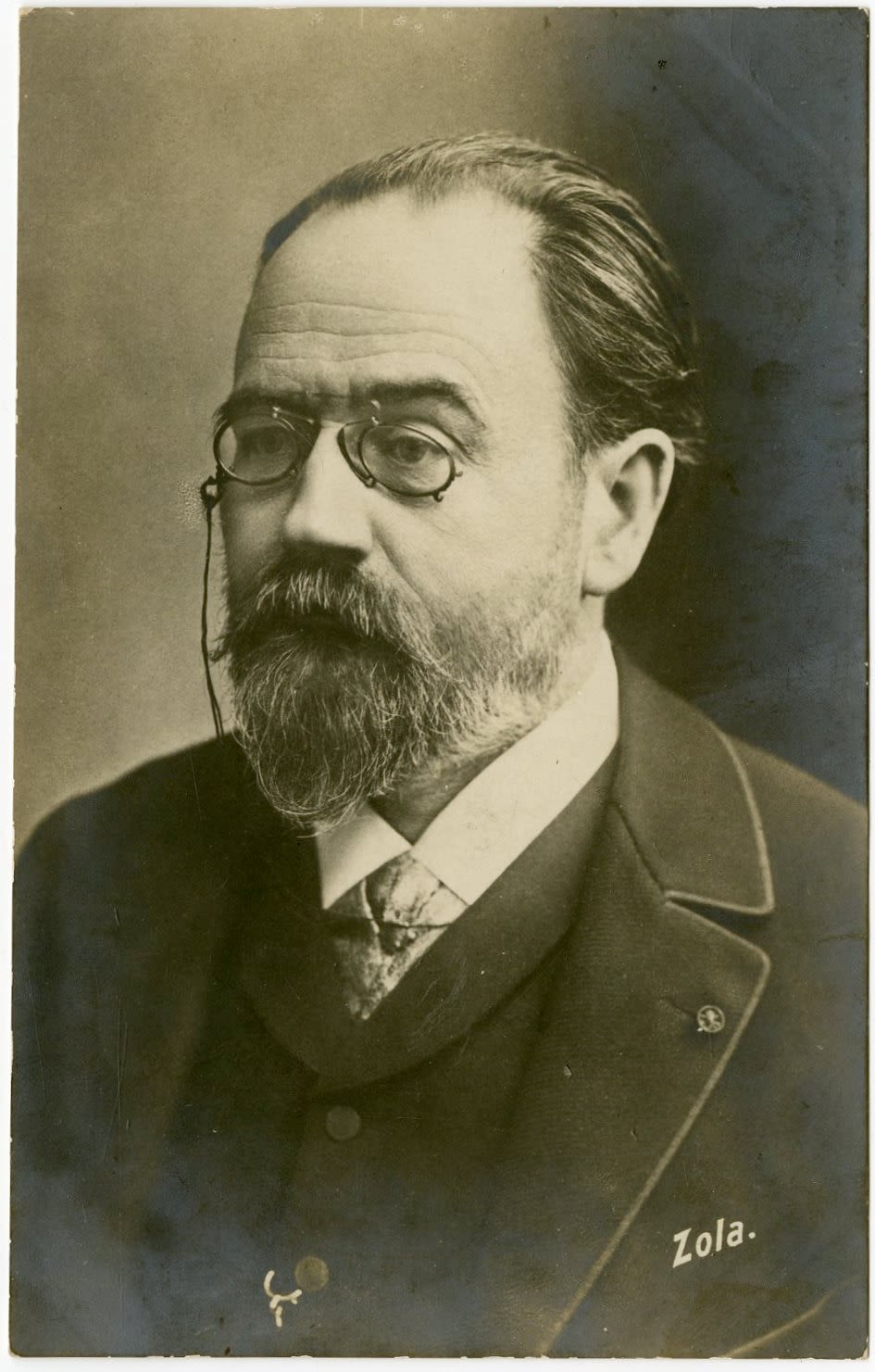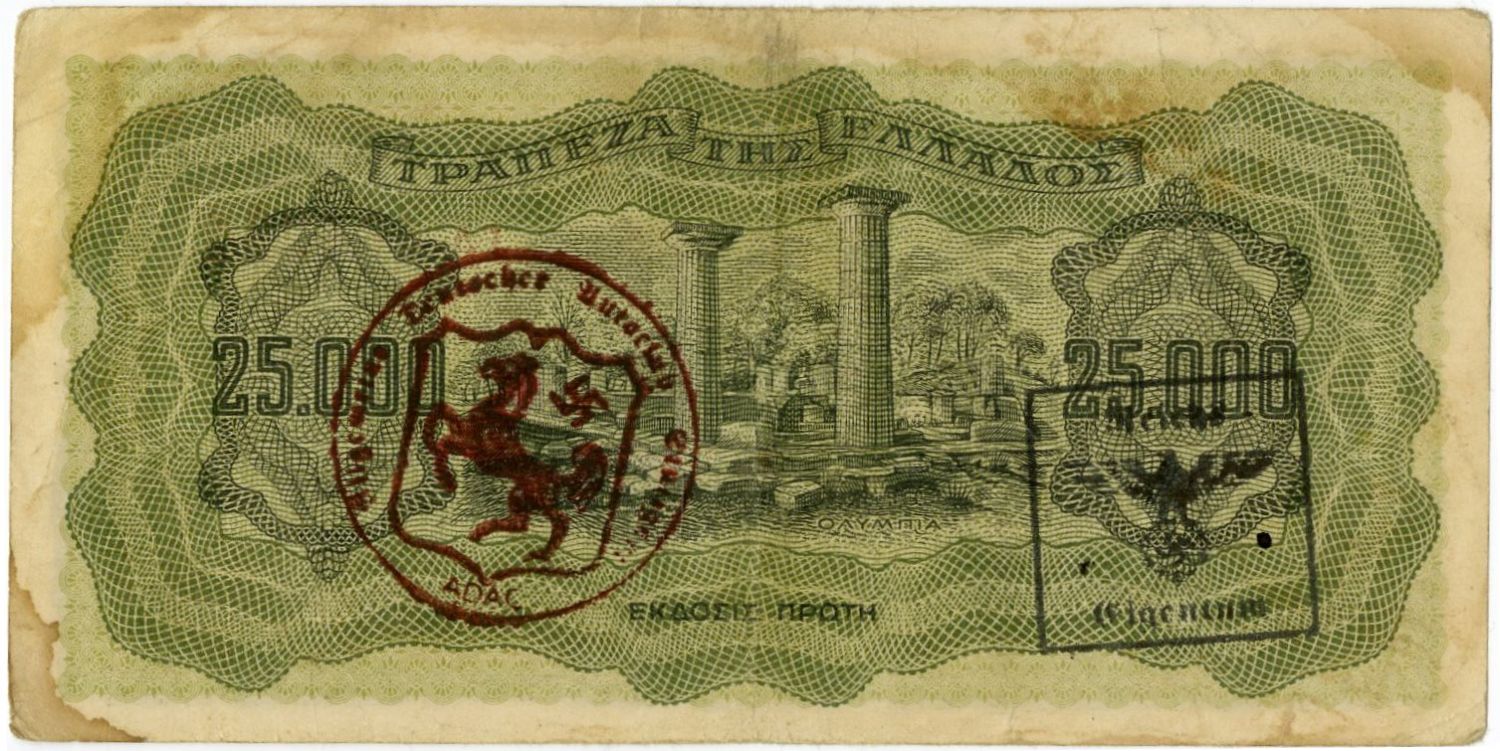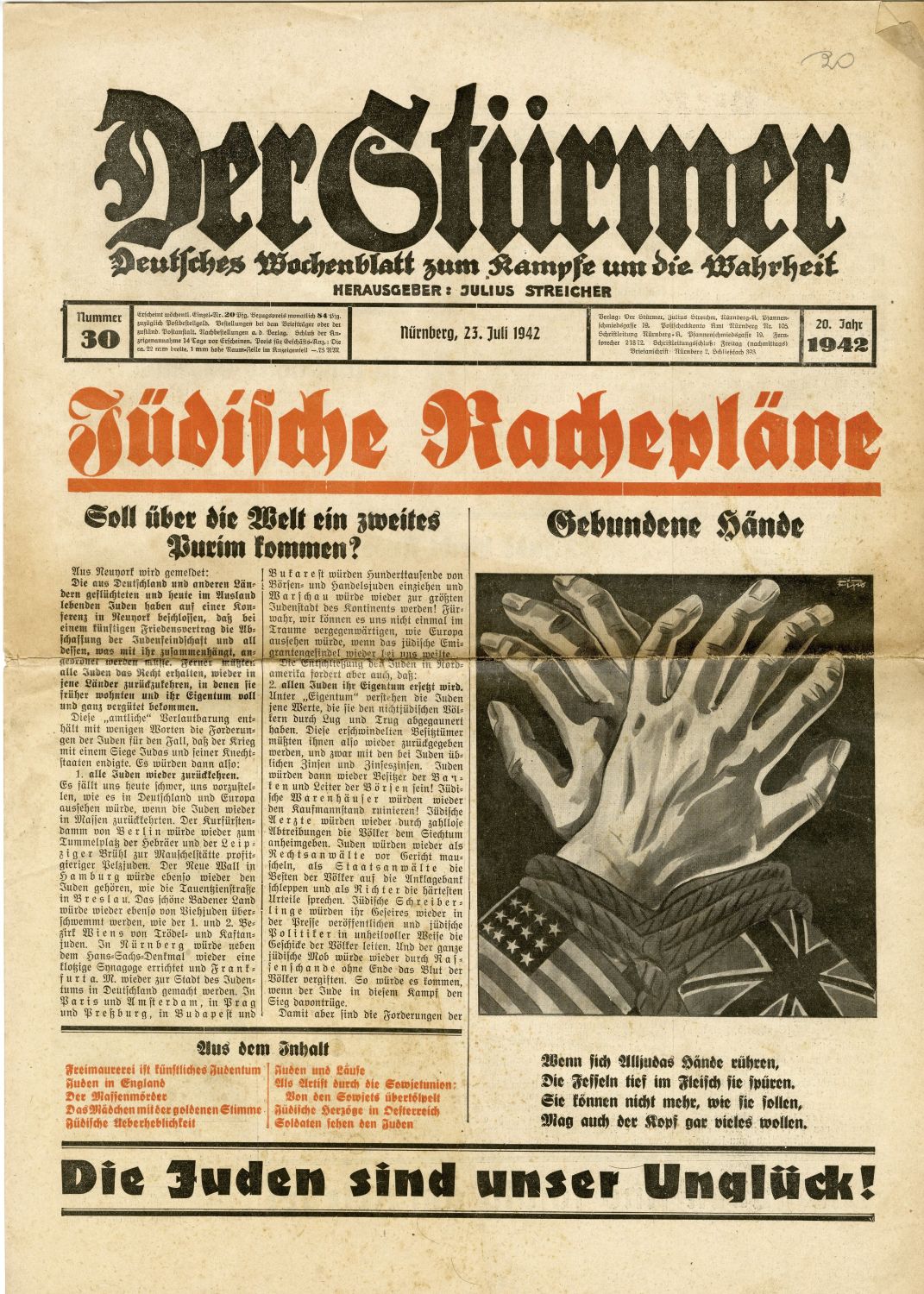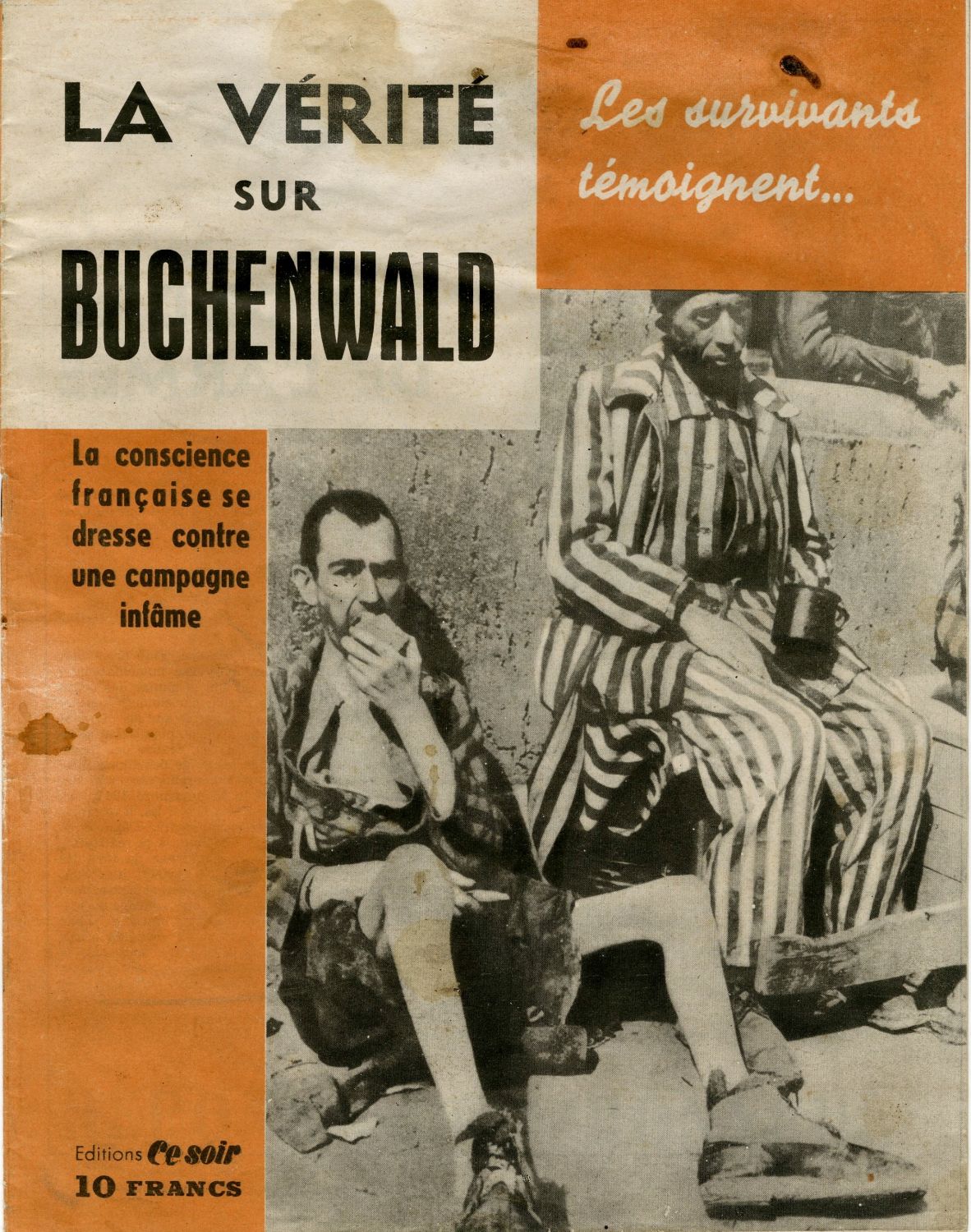Four stamps Futsches Reich stamps with the image of Hitler with skull teeth worth 12 pfennigs, which the Allies introduced into the Nazi postal services in February 1945, with the aim of delivering messages to the German population, and disrupting the Nazi leadership's message system.
The Futsches Reich ("Destroyed Reich") stamps were created by the Allied forces as part of what was called "Operation Cornflakes". The stamp that was affixed to designated "espionage" envelopes was designed in the shape of Hitler's face in profile with his skull teeth exposed. The overarching goal of the operation as stated by its planners was to "disrupt the morale of the German people by using a large-scale psychological warfare operation" (PSYOP). The distribution of propaganda in letters that would penetrate the German postal system was considered an ideal method to reach the German population and undermine support for Adolf Hitler. The Allies used the regular mail and used it to deliver the anti-Nazi messages. This operation was launched by the "Ministry of Strategic Services" named "Operation Cornflakes" and referred to the beloved American breakfast cereal, because at this time of the day the mail would arrive in the mailboxes of the residents. The operation was complex. The OSS officials who were in charge of the operation gathered German prisoners with previous experience in the German postal services "Reichpost" - in exchange for revealing information about the method of collecting and sorting the German mail, the prisoners received better meal conditions as prisoners of war. Using them, they reached over two million names of randomly selected residents registered in the territories of the German Reich, and the OSS unit managed to forge over 15,000 envelopes a week. The letters contained content concerning family events, and stories about people who did not exist, with the purpose to undermine support for the Nazi regime. The "Futsches Reich" stamp was affixed to the envelopes. And the German inscription at the bottom of the stamp was changed from "Deutsche Reich" (German Empire) to "Futsches Reich" (Ruined Empire).
How did the Allies manage to insert the letters into the German postal circulation? The letters were put into mail bags that closely matched the German Reichpost bags that the OSS forged, in order to make them look like the original bags, so that it was impossible to distinguish between these bags and the real German mail bags. Inside the sacks themselves, the Allied forces mixed the Futsches Reich stamp envelopes with the regular postal envelopes, which made it difficult for the Nazis to find each such envelope individually. The sacks were loaded onto planes of the 15th Air Force Unit, and a group of fighters was assigned the task of bombing the German mail trains, and throwing the sacks with the fake envelopes into the rubble. In the confusion created between the sacks following the bombing and the throwing of the mixed sacks, the Germans came to collect everything that was on the ground, without distinguishing between the normal mail envelopes and those dropped from the Allied planes, and thus the envelopes with Futsches Reich stamps found their way to the German post office and were sent to the designated addresses. The first mission of Operation Cornflakes occurred on January 5, 1945, when a mail train to Linz was bombed. Bags containing a total of about 3,800 propaganda letters were dropped at the wreckage, which were later collected and delivered to the Germans by the postal service.
The British were the first to counterfeit Hitler's head stamps in the values of 3, 4, 6 and 8 Pfennig from 1941 until the end of the war. The American counterfeiters focused much of their efforts on the 12 Pfennig stamp before us, which featured Hitler's head and bare skull. The postage stamps affixed to the envelopes were counterfeit values of 6 and 12 Pfennig Hitler stamps and were printed by the Office of Strategic Services.
Unlike the propaganda stamps that were demonstratively made in which the Allies used the symbols of the SS and the figures of the Nazi leaders to humiliate the Nazi enemy and which were intended to be published as part of Widespread propaganda, the spy stamps were intended not to be published, and to do their work within the regular postal system, and they could even be used to send targeted messages to the residents themselves, and they were actually used as a means of espionage.
Very Good Condition.

